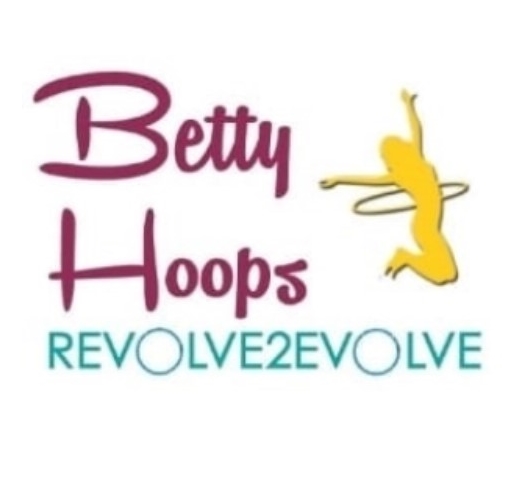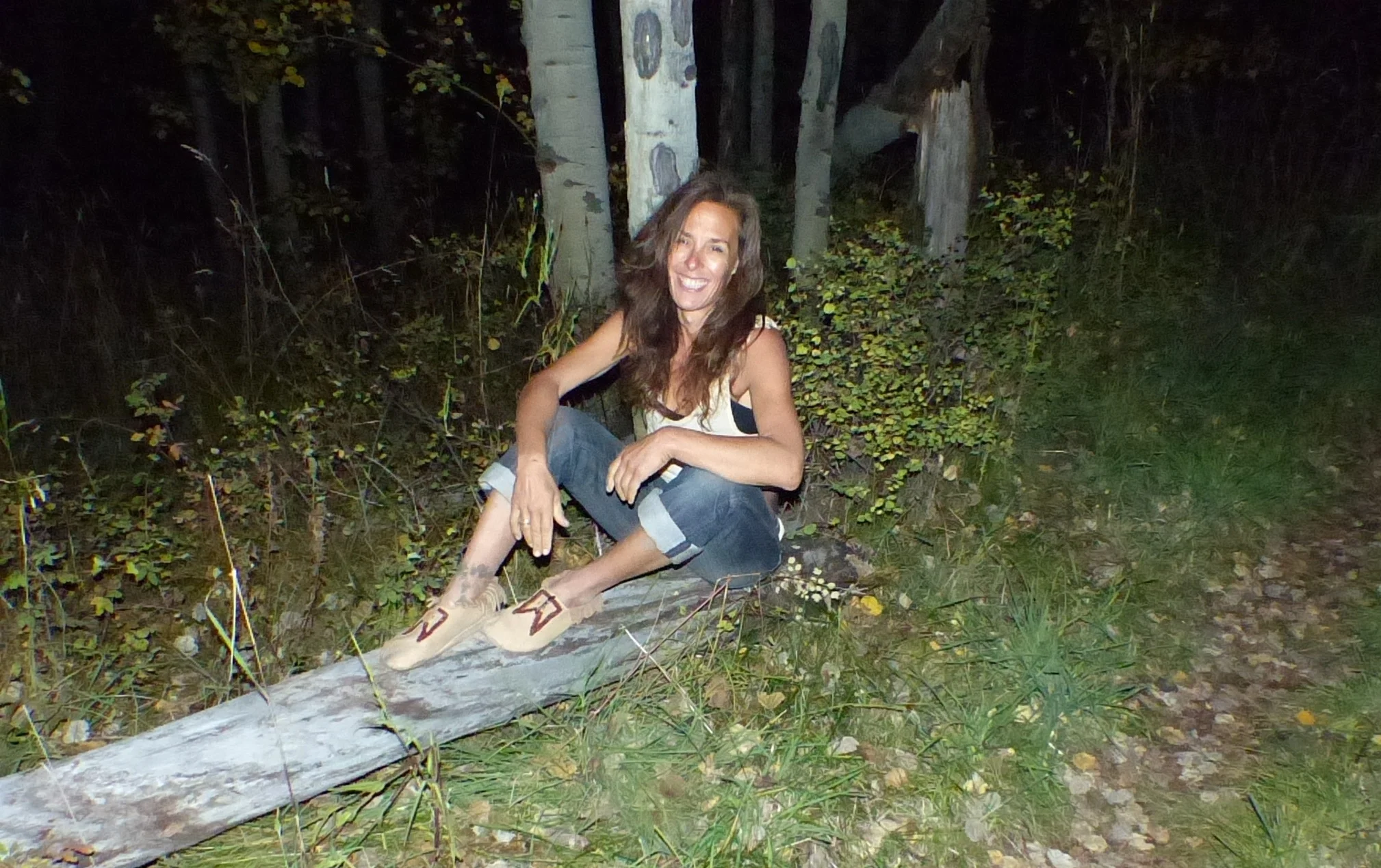I’ve always been somebody who likes quick fixes. Chocolate, bourbon, working out, buying nice gear, complaining, withdrawing, ignoring issues. The human condition I guess. Living in an ashram, spending time in 3rd world countries, hooping for 4-5 hour sessions, and challenging my mind and body on rock walls, I’ve had glimpses of my higher consciousness, of A higher consciousness. God/ source energy, Great Spirit, whatever. I developed some connection to, and with unconditional, limitless love, compassion and connection to everything. And although these brief glimpses have reshaped my reality in a good way. I struggle to want them to last longer.
In my early years of hooping, I’d hoop for a few hours straight at music festivals. In 1998 while hooping to Widespread Panic, I had a series of experiences which created awareness of my tension and the release of tension.
while spinning in the same direction and speed as my hoop, I could see everyone everything blur, on the outskirts of my hoop. Much different from visual suspension creating dizziness, this group became a whirling mass. The mass then became one breath. One pulse. The pulse jumped from inside to outside the hoop, expanding and contracting. When I used the hoop as either my vortex or centrifuge, I was able to shift energy. I could feel pressure release from inside my space. I could also feel energy, flow, intelligence, love, connectedness flow into my space. I was, in that moment, fully present. In my center, on my axis, spinning my prayers. I had entered some time warp in quantum physics. Later, I came to find out that what was happening, due to my focused work, was very similar to Lorentz’ Theory of Transformation. I started reading and understanding the time-space continuum, particle physics and sacred geometry.
Yes, I am talking about a hula hoop. Your basic toy that now, takes up space at festivals, where people throw their improperly sized hoop around trying to copy the next coolest trick they see someone doing.
Aside from this experience I had others while hooping. Sometimes I’d feel a huge pressure and fear in certain areas, of my body, followed by a huge release of energy. Emotions always came along with that. I’d be having fun at an outdoor music festival and all of a sudden find myself in tears. I could watch my brain try to swoop in and analyze why and what I was feeling. But because I was in my body, I chose not to allow myself to go to the lower aspect of the mind and judge/control my experience. This gave birth to a series of events over the course of one month. I wasn’t aware at the time, but my hoop and focus were cleansing all my chakras, power centers. (Not anyone can just start hooping and receive this. Their hoops size and weight as well as focus, needs to be specific.)This of course is taught in my program. Each chakra would open, during each hoop session. It would happen after the first hour or two. Once I thought I was having a heart attack. My chest got tight, I felt a sharp pain around the muscle. My heart started racing. I made sure that this was not due to a pinched nerve in my neck, over aerobic activity or compression in my upper ribs. After I factored out what it could be, in the physical, I determined that it must be energy. Stuck emotion. As it built up, so did my awareness of how much I hold on to things that get trapped in my body. And as I breathed and hooped, I gave it a path to be released. I started using my body as a conduit, just like I’d always used my hoop. I began to hoop with the awareness and intention to set my emotions into motion, using the hoop as a vehicle for transformation. I always tell people, that the most benefits happen, whether in yoga or hooping, when one moves from the inside out.
The hoop can be your prayer wheel, vortex, centrifuge and dance partner. All representing, in the laws of physics, portals that can open and transform matter. And what is really the matter? We are matter. We believe that in our lives, things are the matter. All we have to do is learn how to shift matter and things will shift.
Hoop Core™ is a 7 step process which teaches you how to awaken to your true core power and become your own healer. It offers all ages, sizes and abilities easy steps to release emotion and physical pain. You will learn how to drop the follower mentality and move your body from the inside out. Using the Idiot Proof Betty Hoop™ as a biofeedback tool, you will dance and connect with natures 4 powerful elements. The force that can keep you fluid through the tough times, calm during chaotic times and in rhythm with your highest vibration, radiating vitality and your true nature. You will find that it’s not really about the using hoop anymore but about reawakening your warrior spirit.
This is healing beyond hooping!!

